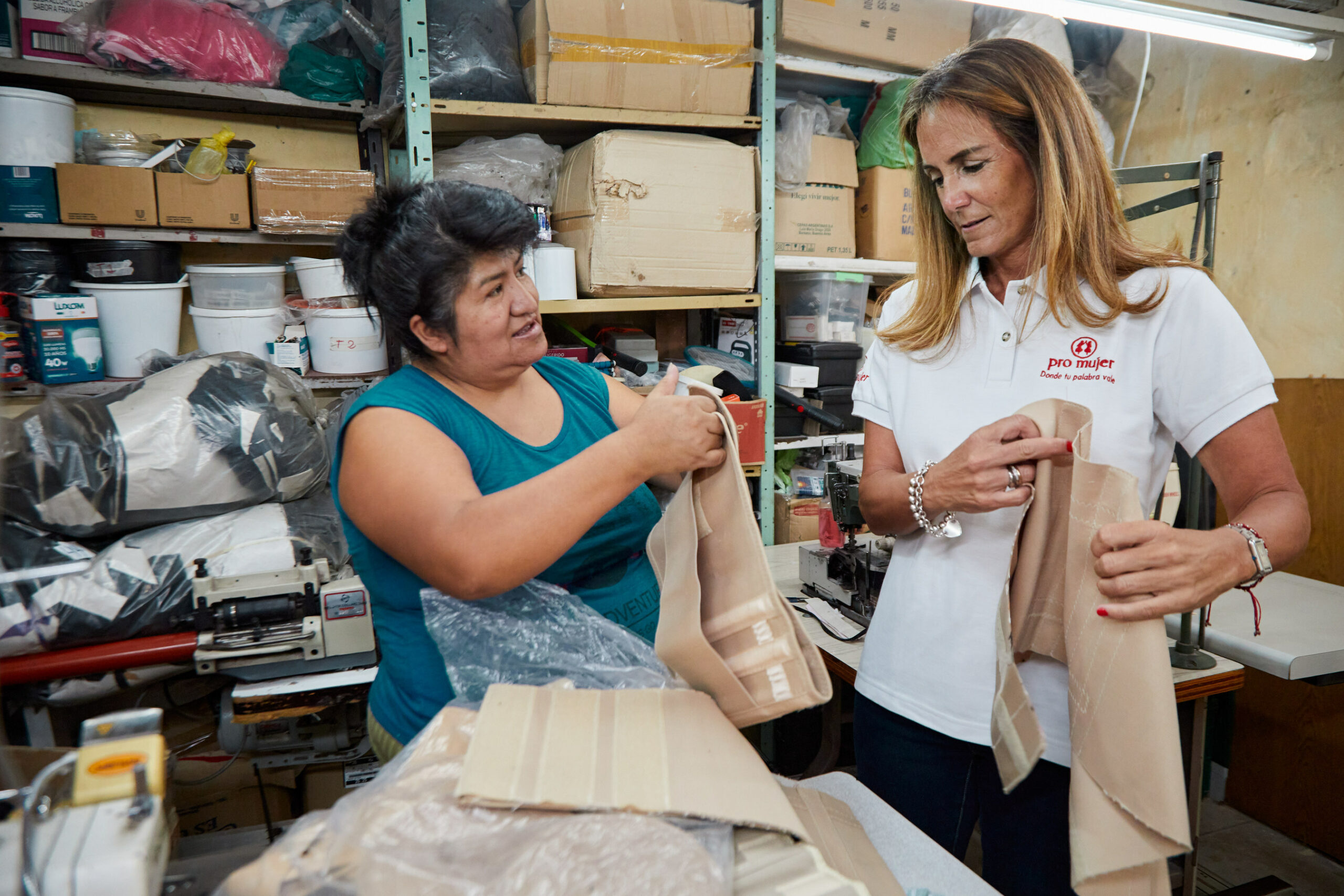ImpactAlpha, June 1 – Pay-for-success financing represents an opportunity to fund new social services and build back better from the COVID-19 pandemic. But deal complexity and variability create large transaction costs which stymie rapid deployment and prevent widespread adoption. In addition to improving the policy environment for pay-for-success, partners and implementers should explore novel ways to reduce pay-for-success transaction costs.
In particular, two kinds of transaction costs—contractual and relational costs—can be decreased substantially.
Reducing contractual costs
Existing pay-for-success models yield high contractual costs because initiatives are often unique, one-off arrangements. Project development remains laborious and time consuming. Formally defining target impact metrics, evaluation methodology and outcome payment amounts requires thorough analysis and negotiation between investors, intermediaries, nonprofits, and governments. Pay-for-success parties should therefore prioritize simplicity through project setup to reduce contractual costs.
A promising strategy is minimizing the number of stakeholders and new operating processes needed for project initiation.
On the stakeholder side, dedicated outcomes-based financing groups like Maycomb Capital’s Community Outcomes Fund aggregate investor capital and act as a primary point of contact for pay-for-success deals. Their extensive experience allows them to replicate past contractual infrastructure, reducing some contractual burden. Additionally, coordination and communication costs decline with the reduced quantity of investors per deal.
Similarly, market-making intermediaries like ReHarvest Partners can break up the complex web of bilateral contracts found in the traditional pay-for-success structure. They pay farmers to institute sustainable agricultural practices and sell the resulting water quality and carbon sequestration outcome credits to other buyers. In this way, stakeholders participate in pay-for-success without needing a formal contract between all parties.
These lower transaction costs scale well; new farmers can join the program without impacting prior contracts.
With regard to data collection and analysis in contractual considerations, practitioners should reduce the burden on third party academic validators. Many projects can capitalize on existing data sources without needing new measurement processes.
For example, Forte brings private capital to workforce retraining programs. Outcomes payments are tied to increases in income tax paid by service recipients. Since the government already collects tax data, this approach adds minimal incremental measurement costs and diminishes time spent defining terms and validation methodologies in a pay-for-success contract.
Sector-focused strategies
Relational costs, which are costs associated with stakeholder change management, can be lowered through proactive education.
The relative newness of pay-for-success financing mandates extensive partner preparation and relationship building to get a project running. Assessing partner readiness takes time, making staff turnover and knowledge loss during project setup inevitable.
To overcome these obstacles, pay-for-success practitioners should implement focused strategies to identify and assemble high-performing teams that can be drawn upon for repeat partnerships. Sector and place-based strategies help achieve this.
Blue Forest Conservation’s development of Forest Resilience Bonds lays the groundwork for a successful sector-based approach. They partnered with national organizations, including the USDA Forest Service and National Forest Foundation, to build institutional knowledge and boost project replicability by allowing the same partners to deploy projects across geographies.
Volunteers of America created the Family Focused Recovery Fund to support mothers struggling with substance use. Humana’s $5 million contribution to the fund brings with it an extensive set of domain expertise and related resources, bolstering alignment between service partners. Their participation and credibility should allow the project’s leaders to more easily engage relevant healthcare providers both in and out of Humana’s network, alleviating the time needed to build trust with service providers unfamiliar with pay-for-success.
Driving local efficiency
Place-based pay-for-success strategies offer practitioners the opportunity to develop deep relationships with local governments. They create a social foundation and empower government champions to advocate for future projects.
Projects like Spartanburg’s Hello Family initiative, which provides critical interventions to all children in the city from birth onward, prime the government to create follow-on projects. Investors might proactively engage city governments to build a strong pipeline of projects, lessening the need for future stakeholder education and allowing greater lead time to appropriate funding and prepare for project execution.
Relational costs should also be addressed proactively and independent of pay-for-success project cycles. Experienced practitioners should build capacity for nonprofits and governments to reduce educational needs at project initiation.
Third Sector runs numerous initiatives to that end. They support the Better Careers Design Group to facilitate knowledge sharing and orient government and nonprofit stakeholders around outcomes. They also work to prepare Washington’s Department of Children, Youth, and Families to implement performance-based contracting.
Another example: Maycomb Capital runs an accelerator program to prime nonprofits for pay-for-success participation. This helps nonprofits and governments avoid trial-by-fire experiences if and when they should participate in a pay-for-success program.
Aspiring practitioners should also seek out these nonprofits and governments to partner with on pay-for-success projects, diminishing relational costs.
Pay-for-success provides a way to rapidly deploy private capital to address some of the largest fissures caused by the COVID-19 crisis. By focusing on reducing contractual and relational costs, we can enable a greater quantity and diversity of pay-for-success projects that are geared towards building back better.
Ibrahim Rashid is a Master of Public Policy candidate at the University of Chicago Harris School of Public Policy. Sam Levine is an MBA candidate at Yale School of Management.











